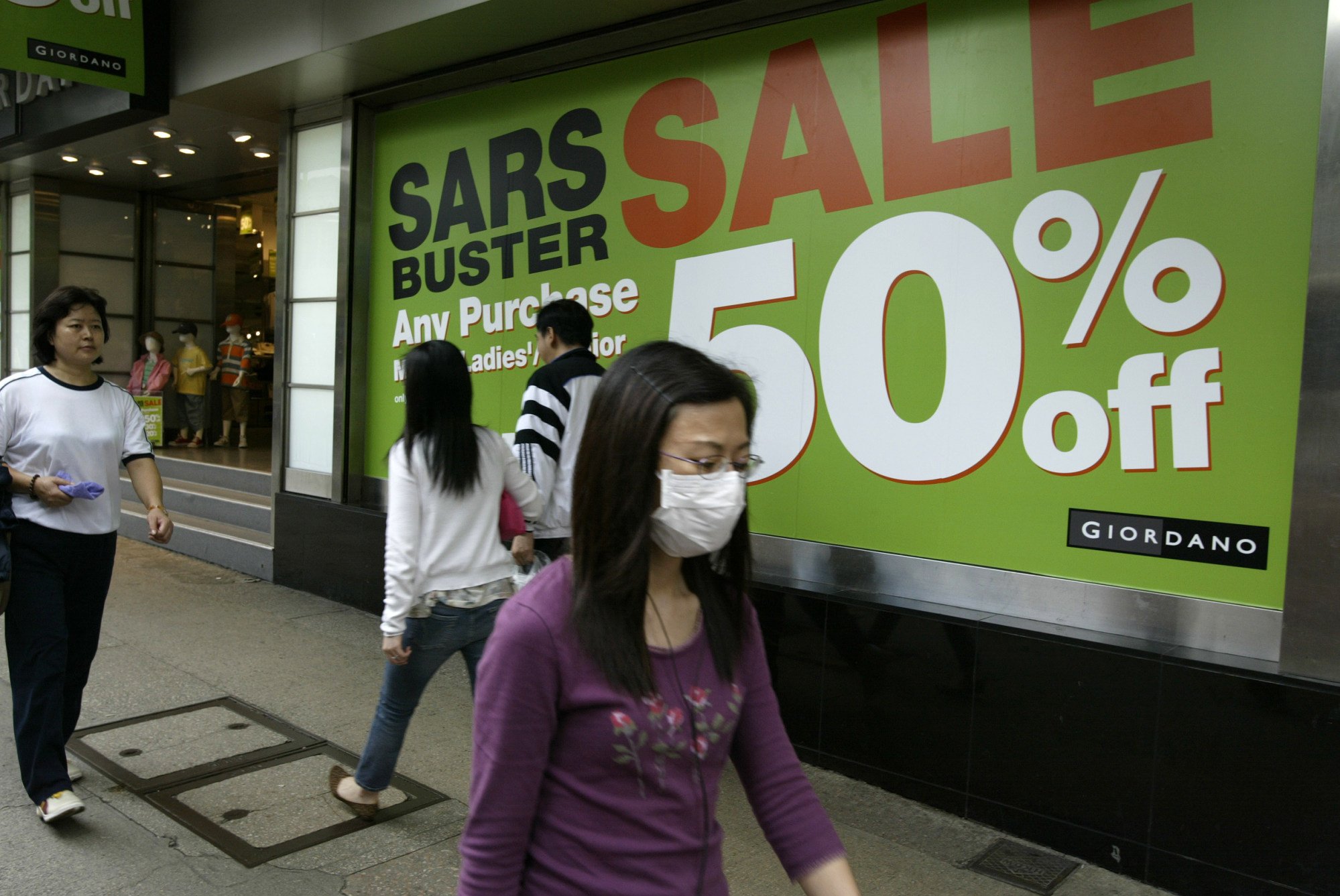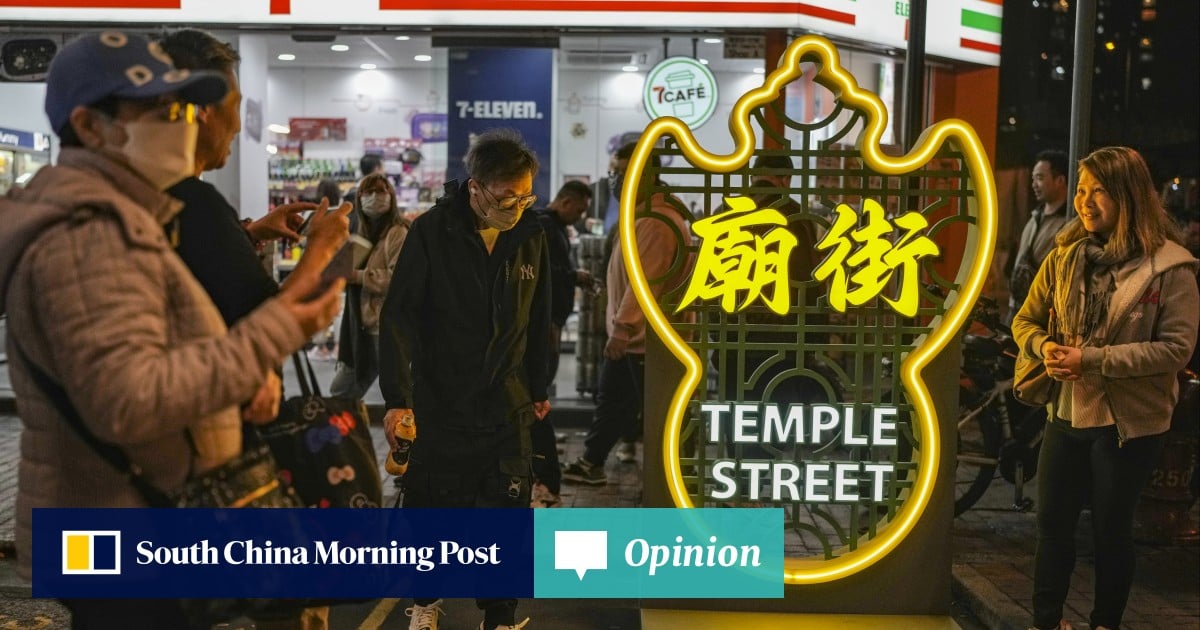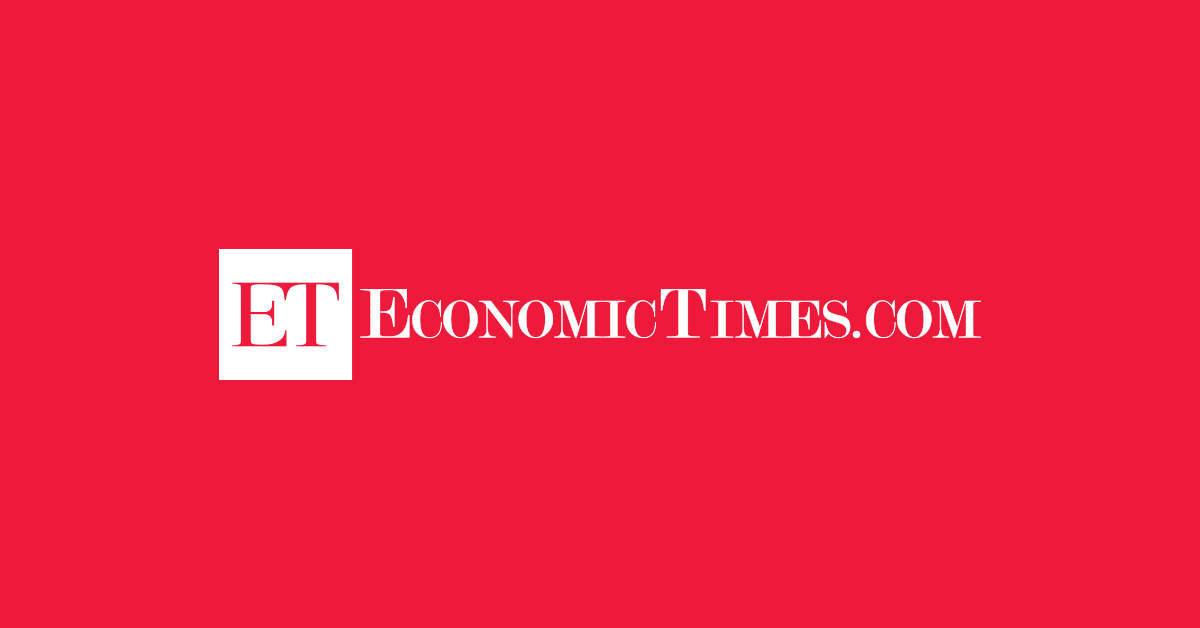Hong Kong’s previous tourism advantages, and the combined factors that once brought visitors to a destination in its own right – rather than as a quick stopover on the way to somewhere else – have also changed.
11 million people visit Hong Kong in first quarter, more than double 2023 number
11 million people visit Hong Kong in first quarter, more than double 2023 number
Closer examination of what brought tourists here, and how those interlocking factors have changed over time, may provide clues for how Hong Kong might lift its game. Simply trying to do exactly the same as before, and expecting similar or improved results, is doomed to fail.
From the mid-19th century until the Pacific war years, a key advantage for European visitors to Hong Kong was the cosmopolitan aspect of society.
Hong Kong offered – for most of that time – a relative haven of stability, cleanliness and dependability in an otherwise chaotic, disease-prone region.
Hongkongers make 1.5 million outbound trips in first 3 days of Easter break
Hongkongers make 1.5 million outbound trips in first 3 days of Easter break
Roads were smooth, water and food were reliable, civil administration was efficient – the list went on.
A critical mass of European residents created a local market for foodstuffs unavailable elsewhere, and the climate – cool, dry and pleasant for a few months – meant that a few weeks of temperate-climate holiday could be enjoyed between long leaves by those who lived permanently in equatorial conditions.
In addition, those resident in places with far fewer modern amenities could stock up, readily and easily, on items generally unavailable in Sandakan, Iloilo or Swatow.

Mainland China’s effective closure to international tourists after the Communist assumption of power in 1949 meant that Hong Kong became a marvellously intact, easily accessible survivor of an earlier China.
Vanished Shanghai-style shopping and nightlife, New Territories rural life and tantalising glimpses of Red China just over the hills were key attractions.
As China reopened in the late 1970s, Hong Kong transitioned from a long-haul destination in its own right into part of a broader itinerary that featured China’s major visitor sights.
Due mainly to limited international flights to mainland destinations, Hong Kong featured at both ends of these itineraries in a way it no longer does.
After 2003’s Sars crisis, spending by mainland visitors in Hong Kong’s gold shops and pharmacies, and on untaxed luxury items and consumer products such as baby milk formula – not willingly bought back home after various product adulteration scandals – and general arbitrage of two customs and sales-tax jurisdictions, helped prop up the tourist trade.

Thanks to a proposed 3 per cent hotel-tax resumption scheduled for 2025, Hong Kong’s overpriced, undersized hotel rooms may become even more expensive, and therefore offer even less incentive to stay overnight.
Taxpayer-funded gimmicks such as monthly fireworks displays and drone shows – tired, clichéd “attractions” disdained anywhere above fourth-tier mainland Chinese municipalities – will achieve little.
Absent from current debates – or what pass for them – are serious evaluations of whether earlier tourism-industry formulas are now outdated. Expecting further growth from a clearly declining model by continuing to offer more of the same past offerings cannot guarantee any pathway to success.
And when Hong Kong’s natural hinterland has a few hundred million people affluent enough for internal travel, yet insufficient numbers feel the urge to visit, then serious questions must be asked about why.







